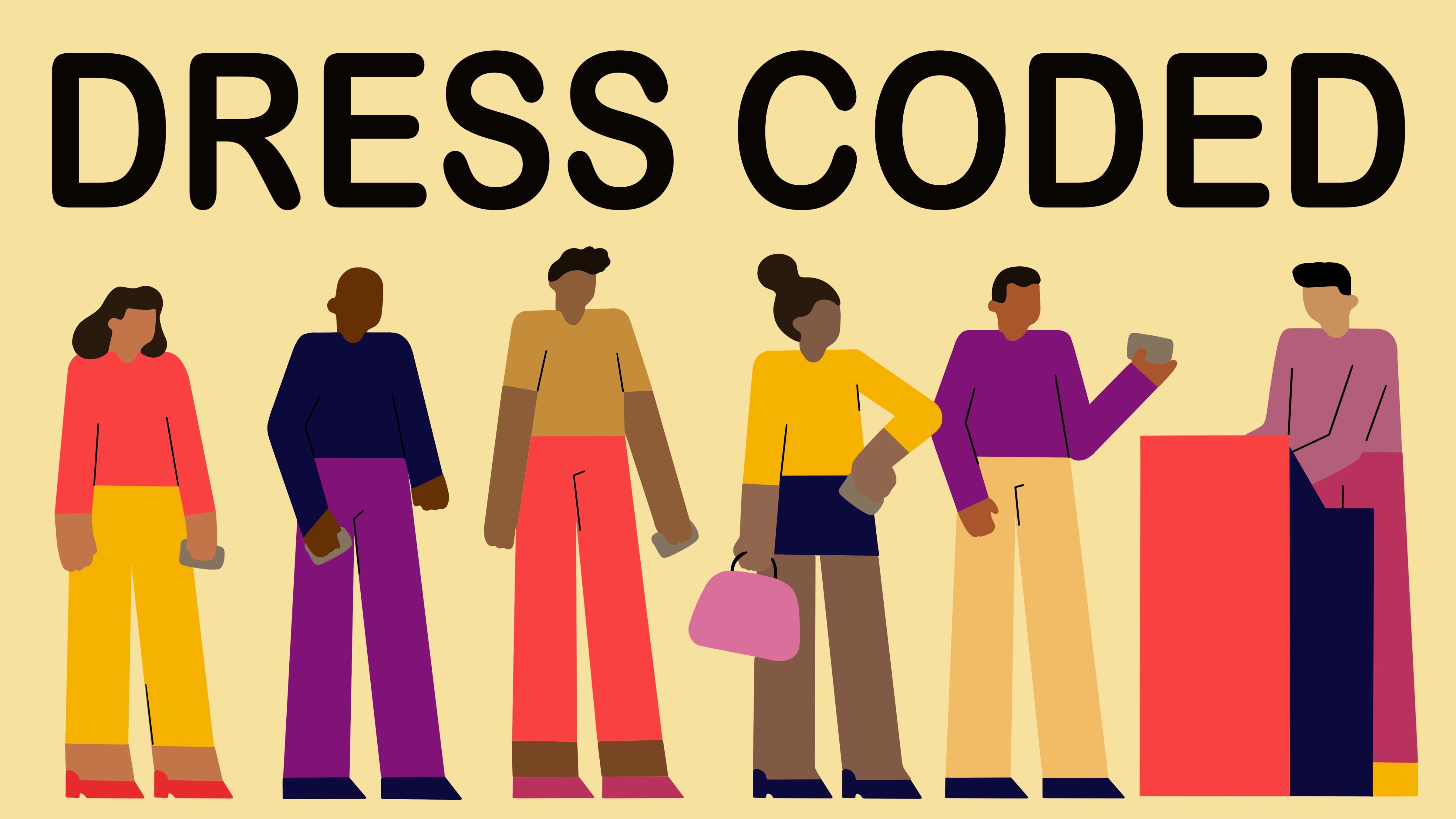Exploration
In the world of fashion, certain garments are often subject to censorship. This is largely influenced by cultural norms, workplace policies, or societal expectations. For instance, in some cultures, it's considered inappropriate to wear certain types of clothing in public. Similarly, many workplaces have dress codes that employees are expected to adhere to. These restrictions can sometimes limit an individual's freedom to express themselves through their clothing choices.
Examples
There have been numerous instances where dress codes have restricted freedom of expression or perpetuated gender stereotypes. For example, a student in Wisconsin wore three different shirts depicting weapons and was protected by the First Amendment.
Global Perspectives
Dress codes vary greatly across different countries and cultures. In some countries, strict dress codes are enforced, often for religious or cultural reasons. For example, in Saudi Arabia, women are required to wear an abaya in public. On the other hand, in countries like the United States, dress codes are generally more relaxed, although certain restrictions may still apply in workplaces or schools. These varying perspectives on dress codes can have significant implications on individuals' freedom of expression and societal norms.
